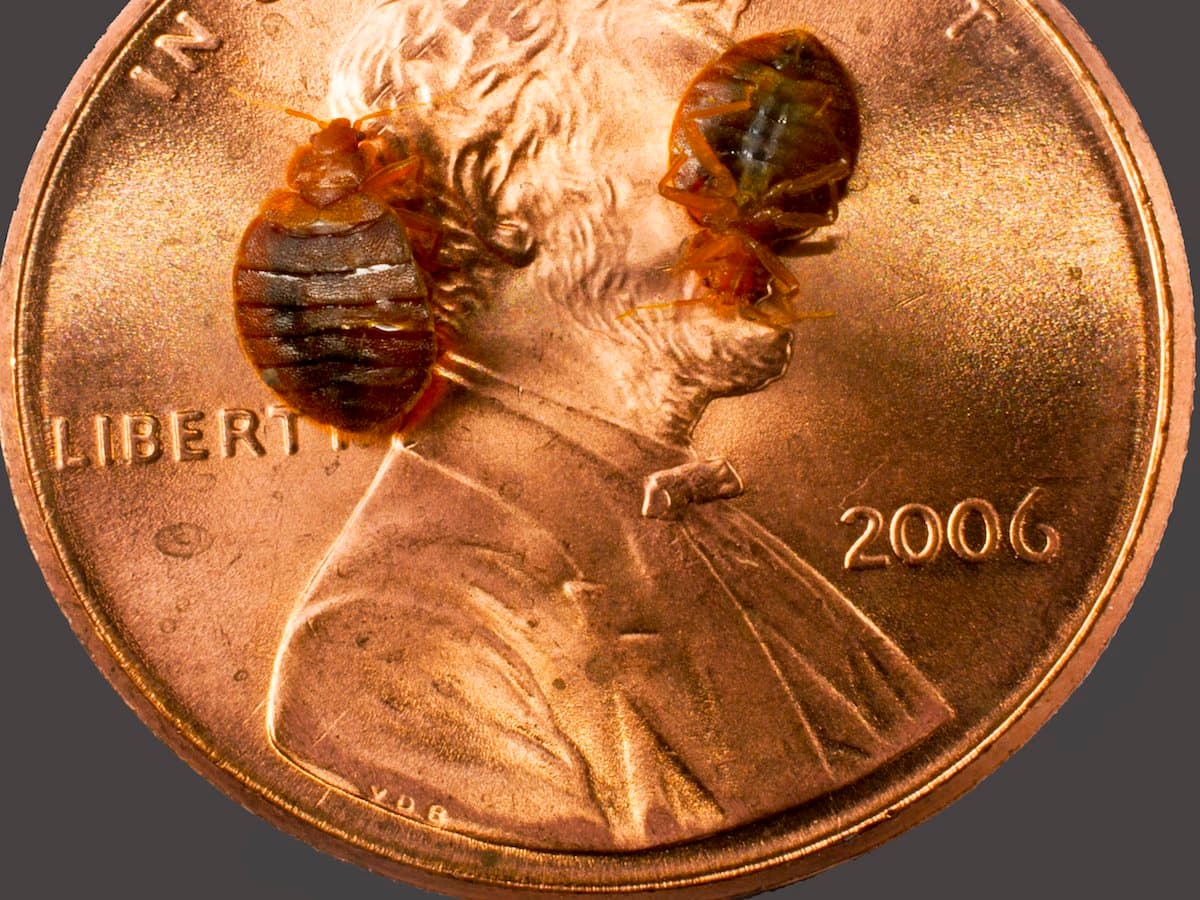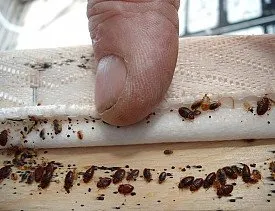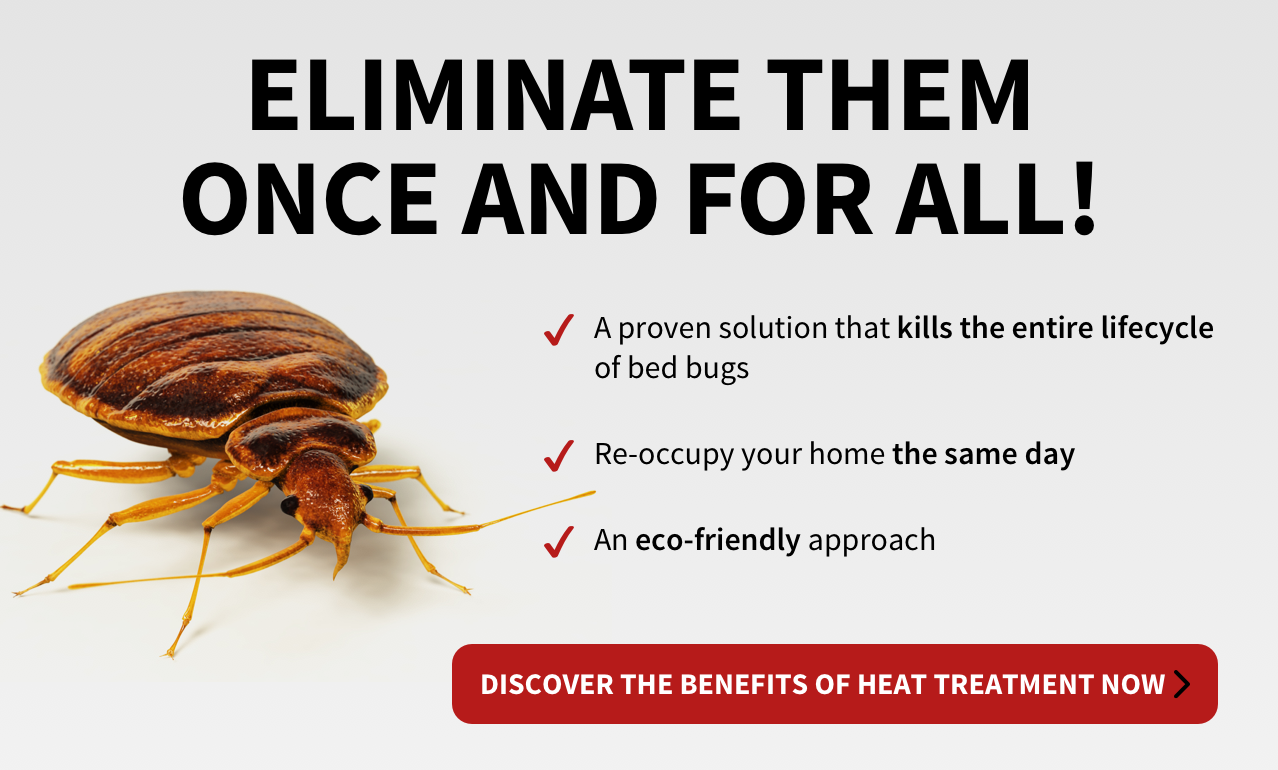Recognizing the Lifecycle of Insects for Targeted Control Methods
Comprehending the lifecycle of insects is a fundamental aspect of reliable parasite monitoring techniques. Via a deeper understanding of how parasites evolve and thrive, customized control techniques can be designed to resolve particular factors in their lifecycle, inevitably leading to more effective insect monitoring results.
Value of Recognizing Pest Lifecycle
Understanding the lifecycle of parasites is important for developing reliable and targeted control techniques in pest management. By understanding the different phases a bug goes via from egg to grownup, insect control specialists can identify susceptible factors in the lifecycle where intervention can be most successful. As an example, recognizing when larvae are most active can assist identify the ideal timing for using larvicides. Furthermore, comprehending the life expectancy of a bug types can aid in forecasting population development patterns and prospective infestation risks.
In addition, identifying the details environmental conditions required for each and every phase of the parasite's lifecycle can assist decisions on habitat alteration or exclusion methods to decrease and disrupt the lifecycle pest populaces. This understanding enables pest management professionals to apply positive procedures as opposed to relying only on responsive therapies, bring about even more lasting and lasting parasite control options. Inevitably, a comprehensive understanding of bug lifecycles encourages pest control specialists to tailor their approaches successfully, lessening environmental influences and taking full advantage of control results.
Trick Phases in Pest Growth
To properly carry out targeted control techniques in pest monitoring, a critical aspect exists in comprehensively determining and recognizing the essential phases in pest advancement. Pest growth commonly is composed of a number of crucial phases that are important for their lifecycle and monitoring.

Susceptabilities in Insect Lifecycle
Throughout the different phases of a pest's lifecycle, unique vulnerabilities arise that can be strategically targeted for efficient control measures. One essential vulnerability exists in the egg stage, where bugs are often a lot more susceptible to particular insecticides or organic control agents as a result of their soft external shell, making them simpler targets for intervention. In addition, the larval or nymph stage offers vulnerabilities as parasites undertake quick growth and development, needing high power consumption that can be exploited by interrupting their food sources or introducing development preventions. Pupal stages, identified by immobility and makeover, use a window for targeted control via physical obstacles or specific therapies that hinder successful introduction. Adult insects, while much more resilient due to their reproductive capacity, can still be vulnerable throughout breeding or egg-laying activities, which can be disrupted via scent catches or sanitation methods. Understanding these susceptabilities in the pest lifecycle is important for establishing reliable and exact control methods that successfully handle insect populations while decreasing ecological effect.
Applying Targeted Control Procedures

Applying targeted control measures usually involves a multi-faceted strategy. This might consist of environment adjustment to make the environment much less welcoming to insects, such as eliminating standing water for mosquito control or securing entry points for rodents. In addition, organic control approaches can be utilized, where natural predators or pathogens are introduced to maintain parasite populaces in check.
Chemical control, such as the cautious application of chemicals, is another common method. It is essential to utilize these materials judiciously to reduce environmental impact and prospective harm to non-target types - A1 Bed bug Exterminator houston. Integrated Pest Administration (IPM) methods that incorporate different control procedures in a worked with and lasting fashion are frequently the most efficient in accomplishing long-lasting bug monitoring objectives. By applying targeted control procedures based on a complete understanding of parasite lifecycles, insect populaces can be successfully regulated while minimizing risks to human wellness and the environment.
Improved Pest Management Practices

In addition, the incorporation of biological control agents, such as natural predators or pathogens of pests, can help reduce reliance on chemical pesticides and promote a more balanced ecosystem. Carrying out physical obstacles and traps find out this here can likewise be component of enhanced bug monitoring practices, providing safe and targeted remedies for pest control. In addition, the use of scents and other semiochemicals can interfere with pest mating patterns and company website communication, leading to minimized parasite populations gradually.
Final Thought
By recognizing crucial phases in pest development and vulnerabilities in their lifecycle, targeted control steps can be implemented to reduce pest populations. Boosted pest management methods can help lower the reliance on broad-spectrum chemicals and advertise more eco pleasant and sustainable bug control approaches.
Understanding the lifecycle of parasites is vital for establishing effective and targeted control strategies in pest administration. By comprehending the different stages a pest goes via from egg to grownup, bug control specialists can identify at risk points in the lifecycle where intervention can be most effective. Ultimately, a comprehensive understanding of parasite lifecycles empowers pest control practitioners to tailor their methods successfully, lessening ecological impacts and making the most of control outcomes.
By implementing targeted control measures based on a complete understanding of insect lifecycles, bug populaces can be effectively controlled while decreasing dangers to human health and the environment.
By determining key stages in insect development and susceptabilities in their lifecycle, targeted control actions can be carried out to lessen insect populations.
Comments on “Expert A1 Bed Bug Exterminator in Houston - Effective Solutions”